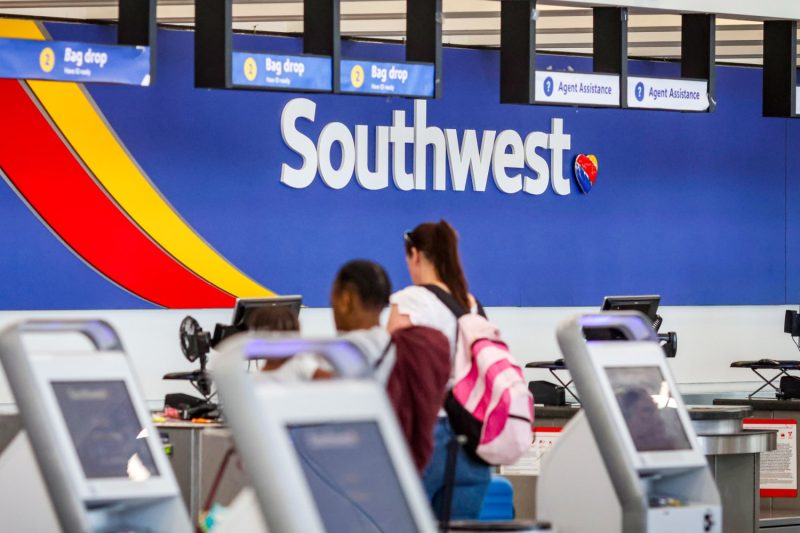Southwest Airlines Faces FAA Audit Over String of Near-Miss Incidents
The Federal Aviation Administration (FAA) has recently initiated an audit on Southwest Airlines following a series of near-miss incidents involving the carrier’s fleet. These incidents have raised concerns about the airline’s adherence to safety protocols and procedures, prompting regulatory scrutiny from the FAA.
The audit, which will focus on Southwest Airlines’ operational practices and safety standards, comes in the wake of several reported incidents where the airline’s flights narrowly avoided collisions or other potentially dangerous situations. One such incident involved a near-miss on the runway at a major airport, highlighting the need for a thorough investigation into Southwest’s operational practices.
The FAA’s audit will likely scrutinize various aspects of Southwest Airlines’ operations, including pilot training protocols, maintenance procedures, and overall compliance with safety regulations. This audit is expected to provide valuable insights into any potential systemic issues within the airline that may be contributing to the string of near-miss incidents.
Southwest Airlines, known for its extensive domestic network and budget-friendly fares, has been a major player in the U.S. aviation industry for decades. However, the recent spate of near-miss incidents has brought the airline under increased regulatory scrutiny, emphasizing the importance of maintaining the highest safety standards in the aviation industry.
In response to the FAA audit, Southwest Airlines has pledged full cooperation with regulators and a commitment to addressing any deficiencies identified during the audit process. The airline has stated that safety is a top priority and that it will take all necessary steps to ensure the continued safety of its passengers and crew.
As the FAA audit unfolds, stakeholders in the aviation industry will be closely monitoring the findings and recommendations that emerge. The outcome of the audit will likely have far-reaching implications for Southwest Airlines and could potentially result in changes to the airline’s operational procedures and safety protocols.
In conclusion, the FAA audit of Southwest Airlines underscores the critical importance of maintaining stringent safety standards in the aviation industry. By addressing any shortcomings identified during the audit process, Southwest Airlines can demonstrate its unwavering commitment to safety and regain the confidence of passengers and regulators alike.

